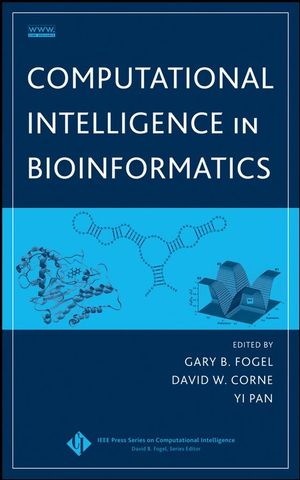EAT can be relatively easily measured by a variety of different imaging techniques. EAT fat thickness was first visualized by and measured with Transthoracic Two-dimensional (2D) Echocardiography by Iacobellis et al. (2003). EAT is visible as the thickness of the echo-free space between the outer portion of the myocardium and the visceral layer of the pericardium, perpendicular to the free wall of the right ventricle in systole by transthoracic ultrasound screening both in left parasternal long axis and short axis, where EAT is thought to be thickest.

Using this technique Iacobellis et al. (2003) reported excellent interobserver and intraobserver agreement with an intraclass coefficient of 0.90 and 0.98, respectively. Echocardiographic measurement of EAT thickness is a cheap and readily available noninvasive measurement. It presents the limitation of not being truly volumetric, as it is a linear measure at a single location. Therefore it does not reflect variability in fat thickness or provide information about the total epicardial fat volume (EFV).
Whether echocardiographic EAT thickness measured at a single point is an accurate surrogate marker for total EAT volume is doubtful considering the significant inter-individual differences in EAT distribution. Three-dimensional echocardiography may be able to provide more accurate volumetric assessment of EAT in the future.



